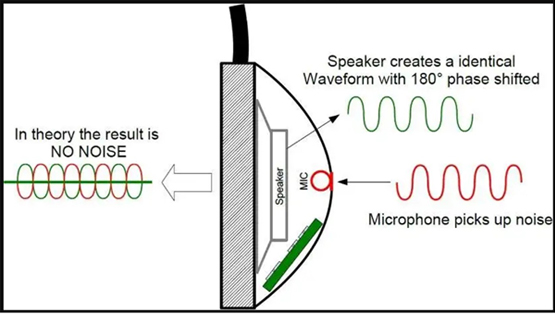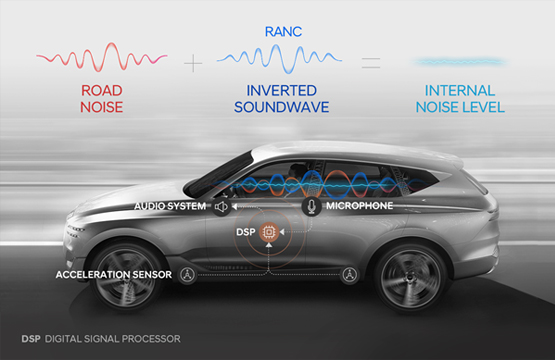Noise and its control, either at its source or at the receiver point is a challenge of sorts; while the source - path - receiver model very much holds good for this problem, its implementation to achieve the desired results remain complicated both in terms of materials and their physics, boundary conditions and finally the costing.
Many passive insulating and absorption methods are being used in a variety of noise applications and over time these have become standard part of the equipment where noise to be limited to the desired level, mostly to adhere to statutory compliance of Human exposure limits.
Around the year 1932, Paul Lueg of Germany worked on a new approach of Noise control and this was called the Active Noise Control or ANC. Paul was so much encouraged by his invention that he even went ahead patenting this idea. The early uses of this technology as a commercial product was in the airplane industry where pilots used it for cancelling the engine noise and other airborne noise during the flights.
Principally, the active noise control works by generating an anti-noise spectrum that shall cancel the actual noise in real time. There are however, many limits that play into this, such as the frequency limitations and noise disturbance to be time-invariant. Technics for ANC include both the feed-back and feed-forward methods depending on the application.

As of the day, there are multiple active noise cancellation products, many of which are for individual use as over the ear / in ear devices. Active noise cancellation products have also been implemented in a variety of luxury segment cars that use multiple inputs, advanced algorithms, and high-end data processing devices to keep the cabin quiet while still allowing occupant conversations.

What has gone further is the use of active noise cancellation products in open spaces and large halls; although there are considerable challenges in implementing noise cancellation actively to large spaces, localised target regions of open spaces can be controlled very effectively. Examples of this include controlling extraneous noise originating from building HVAC equipment, emergency generators, etc. This innovative solution approach brings in a whole new prospect to engineering noise mitigation as these technically superior methods will be far more effective, smart and configurable.